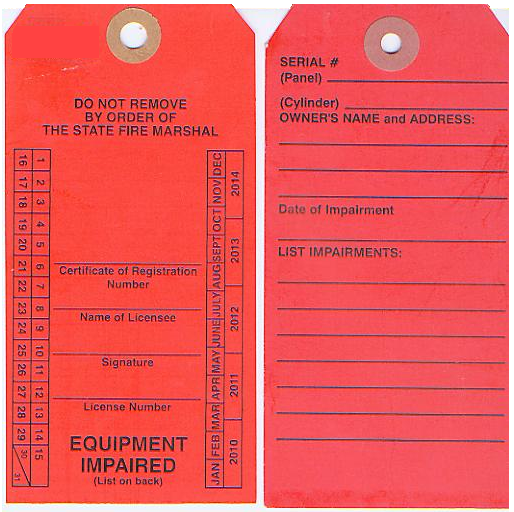

The yellow alarm signal indicates problems in the transmit path.If intelligent DTE or a test set is in place and able to detect these signals, the following summarizes the significance of the yellow and blue signals from the perspective of such equipment: The yellow and blue alarm signals are actually transmitted across the circuit. To summarize, the red alarm is not a transmitted signal, but rather a condition entered into by equipment that is receiving a signal with problems. Keep repeaters and other equipment supplied with pulses for timing recoveryĪ T1 repeater can also generate the AIS toward the CSU, which in turn generates the yellow alarm signal, which places the opposite end in the yellow alarm.Signify a malfunction in the transmitting node (the CSU is not receiving data from the DTE side).This pattern serves at least two primary functions: A T1 node that receives the AIS sends out the yellow alarm signal. It is characterized by a continuous stream of unframed 1s. The third major alarm, the blue alarm, is also known as the alarm indication signal (AIS) and as a keep-alive signal.

ESF circuits signal the yellow alarm by alternating eight 1s and eight 0s in the 12 FDL bits for at least one second. This is rarely an issue because transmission in one direction is not usually beneficial. On D4 circuits, the yellow alarm is signaled to the opposite end by setting the second most significant bit in each byte to 0, thus disrupting all traffic that might otherwise be traveling in that direction (any bit affects data, but the second bit also gravely affects voice traffic).
#Red alarm state code
In this situation, neither end has the ability to transmit the yellow alarm code to the other end. Very often, however, the complete circuit goes down, which places both ends into the red alarm. Generally 10 to 20 seconds of healthy signal ends the CFA condition. Thus, knowing which end is in which condition makes it easier to begin pinpointing the cause of the problem. In this case, the device immediately attempts to transmit a code that signals the opposite end to declare a yellow alarm condition. Often two or three seconds of continuous LOS or OOF will trigger a red alarm. When a T1 device receives errors beyond a sometimes-configurable threshold, it declares a red alarm condition. The first two alarm conditions presented here are the red and yellow alarms, known collectively as carrier failure alarms (CFAs). If a minor alarm is not warranted, counters are still incremented, so that proactive management can possibly prevent more serious conditions. In fact, many manufacturers specify a set of minor alarm conditions that serve to alert administrators to the impending risk of a major alarm. Each of the three alarms discussed in this section are considered major alarms and are not usually declared for events that do not directly result in some form of failed signal state or OOF/LOS condition. It says OK in the top right corner but the horizontal red line at 1 seems to indicate that it's in an alarm state.T1 alarm states are commonly referred to based on the colors of the lights that the original T1 equipment used to designate that particular alarm condition. Therefore, the red LED will blink during a smoke alarm, a low battery mode.
#Red alarm state how to
I'm not exactly sure how to interpret the graph. NFPA 72 states: Smoke alarms in rooms with ceiling slopes greater than. Here are some updated screen shots to address Marcin's point about the time discrepancy (note that the CloudWatch logs are in local time and the Alarm graph is in UTC-a 6 hour difference):

Does this mean the alarm is not being triggered? WEAs are not affected by network congestion and will not. WEAs are no more than 360 characters and include the type and time of the alert, any action you should take and the agency issuing the alert. I gave it 5 minutes after logging the error. WEAs look like text messages but are designed to get your attention with a unique sound and vibration repeated twice. Here is how I define the pattern on which I want to filter: I'm not sure where in the process it's failing but I suspect the alarm is not being triggered.ĬloudWatch logs shows my error is being logged: I think I did everything properly but I'm not getting my slack notifications. An image from Model 3 owner and r/TeslaMotors member u/Spamium reveals that the Alert state involves the electric car’s center screen displaying visual warnings, including the red eye. I'm trying to setup AWS to send notifications to a slack channel when a CloudWatch alarm goes off.


 0 kommentar(er)
0 kommentar(er)
